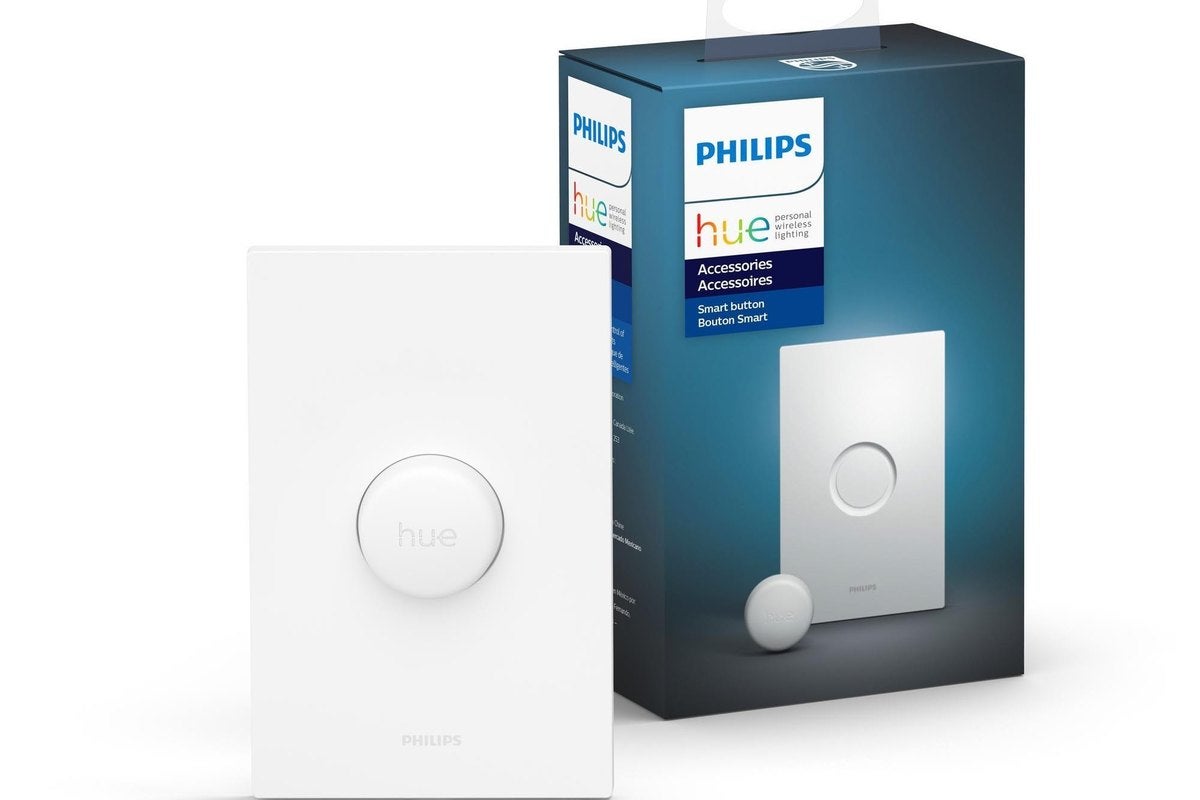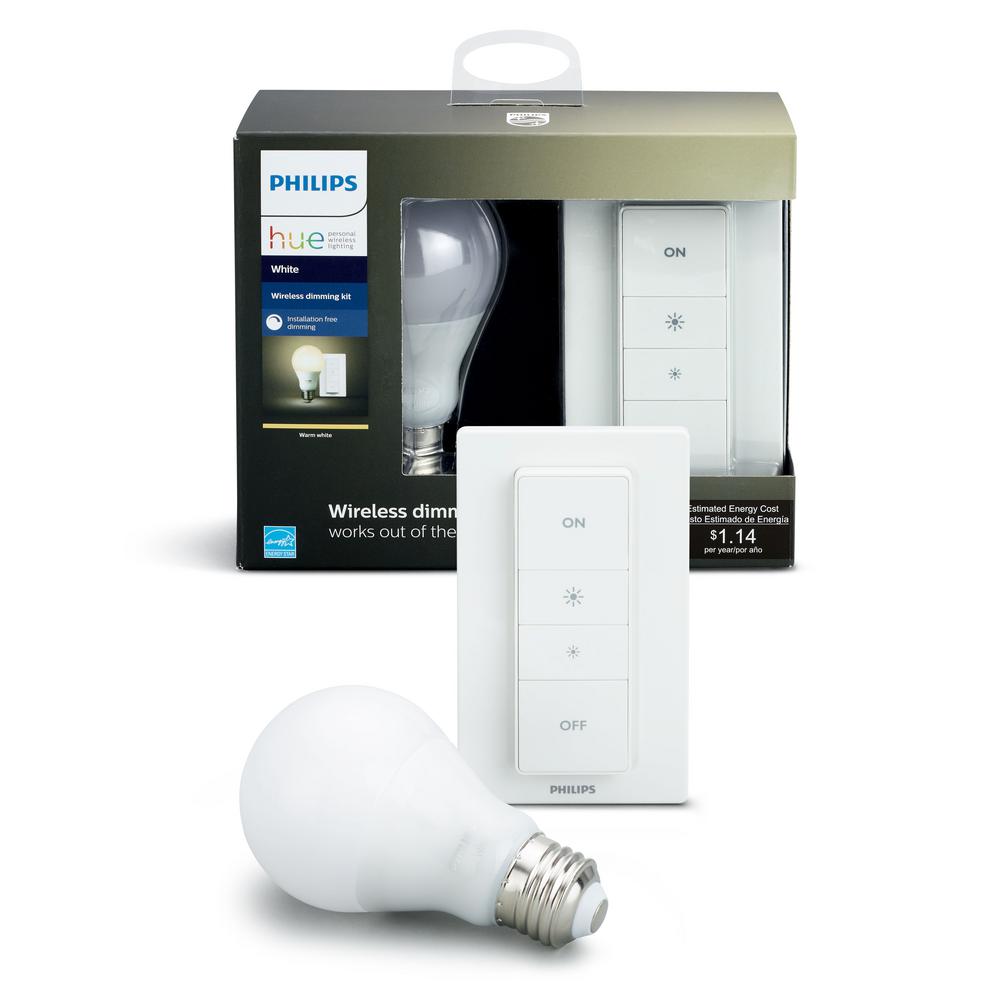

If you're looking for him after hours, he's probably four search queries and twenty obscenities deep in a DIY project or entranced by the limitless exploration possibilities of some open-world game or another. While his days of steering students toward greatness are behind him, his lifelong desire to delight, entertain, and inform lives on in his work at How-To Geek. In addition to the long run as a tech writer and editor, Jason spent over a decade as a college instructor doing his best to teach a generation of English students that there's more to success than putting your pants on one leg at a time and writing five-paragraph essays. In 2023, he assumed the role of Editor-in-Chief. In 2022, he returned to How-To Geek to focus on one of his biggest tech passions: smart home and home automation. In 2019, he stepped back from his role at Review Geek to focus all his energy on LifeSavvy. With years of awesome fun, writing, and hardware-modding antics at How-To Geek under his belt, Jason helped launch How-To Geek's sister site Review Geek in 2017.

After cutting his teeth on tech writing at Lifehacker and working his way up, he left as Weekend Editor and transferred over to How-To Geek in 2010. He's been in love with technology since his earliest memories of writing simple computer programs with his grandfather, but his tech writing career took shape back in 2007 when he joined the Lifehacker team as their very first intern. Jason has over a decade of experience in publishing and has penned thousands of articles during his time at LifeSavvy, Review Geek, How-To Geek, and Lifehacker. Prior to that, he was the Founding Editor of Review Geek. Prior to his current role, Jason spent several years as Editor-in-Chief of LifeSavvy, How-To Geek's sister site focused on tips, tricks, and advice on everything from kitchen gadgets to home improvement. He oversees the day-to-day operations of the site to ensure readers have the most up-to-date information on everything from operating systems to gadgets. Jason Fitzpatrick is the Editor-in-Chief of How-To Geek. The only thing the Tap really had going for it was multiple light/scene selection from a single physical interface. The worst thing about the Tap was that the interface was totally unintuitive (the buttons were labeled with dots instead of standard icons or lettering) which really defeated one of the big benefits of having a physical switch: ease of use for people in your home who weren’t familiar with smart lighting and/or didn’t have the companion smartphone app. The mechanical buttons were very difficult to press (the design of the switch actually relied on the mechanical movement of the switches to generate energy to operate) and it was loud in a mechanical-keyboard-kind-of-way. To say the switch was poorly received would be an understatement. Initially, Philips addressed this need with the Hue Tap switch.
#PHILIPS HUE SWITCH HOW TO#
Related: How to Migrate Your Smart Bulbs to the New Philips Hue Bridge When you just want to turn the lights on when exiting and entering a room, nothing beats a physical switch on the wall. Smart lights are great (and we’re huge fans of our Philips Hue system), but there's something to be said for having a more traditional switch to control your light system. Name: Input.helper to remember longreleaseĭescription: A toggled helper, created through "settings - devices - helpers - create helpers".Related: How to Set Up the Philips Hue Motion Sensor Be aware input.helper need to be created before automation works with corect long press Name: Friends of Hue 4 Button All functions (Corrected Long Press)ĭescription: Automate your Friends of Hue 4 Button switch using Hue integration with short and long press. For HA to read the dictory, either restart or reload automations. yaml file in your blueprints/automations directory and copy the below text. Go to “Settings” - “Devices and Services” - “Helpers” - “Create Helper” - “Toggle”. Please create manually before setting up the automation. Using the Philips Hue dimmer switch, you. The blueprints needs a toggle helper for this to work. Philips Hue wireless dimmer switch which allows you to dim your lights remotely. It supports all states of the switch for all 4 buttonsĪs the switch will trigger both a “short release” and a “long release” when the button is released after a long release period, the blueprints prevent the short release.

PLEASE LOOK IN COMMENT 32 BELOW.Ī blueprint for “Friends of Hue” switch, connected through the Hue integration.

IMPORTANT: FROM HA VERSION 2023.08 A NEW VERSION OF THE BLUEPRINT HAVE BEEN DEVELOPED.


 0 kommentar(er)
0 kommentar(er)
